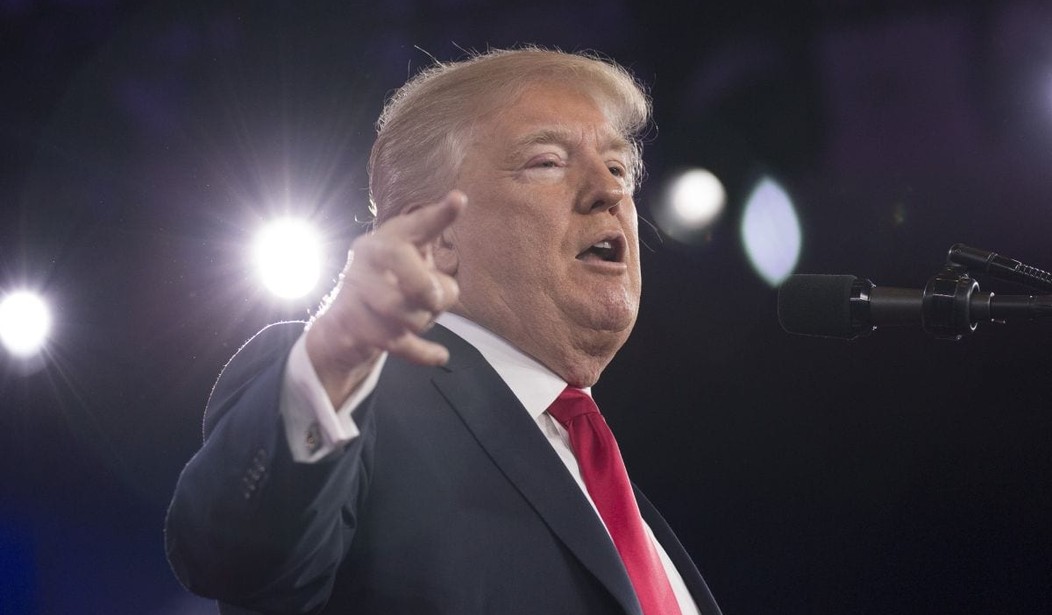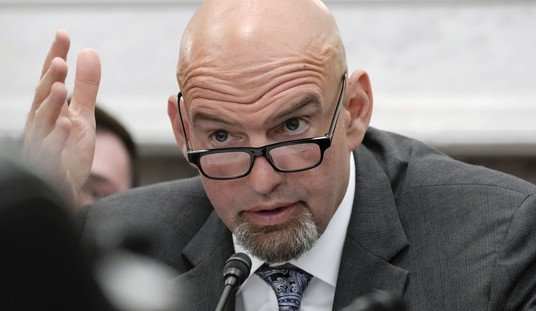Fulfilling his pledge made during the campaign, Donald Trump issued a proclamation that will impose stiff tariffs on foreign steel and aluminum. The tariffs will take effect in 15 days.
Canada and Mexico will be exempt from the tariffs and other countries may receive an exemption if they can show that they are willing to make concessions that will achieve the same results. “We’re going to show great flexibility,” Trump added.
While there is not currently a timetable, the exemptions for Canada and Mexico “are not open-ended” and will depend on whether changes are made to NAFTA that satisfy Trump, the administration official added. The proclamations also can be amended in other ways “to preserve our national security.”
“I have a feeling we’re going to make a deal on NAFTA,” Trump said.
The president began saber-rattling about tariffs during his 2016 “Make America Great Again” campaign. He frequently has complained that previous administrations negotiated trade deals that were unfair to the U.S., and he has resolved that he would revisit them.
Though the moves resonated with a chunk of Trump’s base, they’ve caused conflict both within the administration and the Republican Party, which saw 107 of its House members sign a letter in opposition. Gary Cohn, director of the National Economic Council, is leaving his post amid a tariff disagreement.
Trump is using the national security argument to justify the tariffs under law, but critics aren’t so sure.
Trump is using authority under Section 232 of U.S. law, which gives the president the ability to issue tariffs based on national security concerns. The administration official said the pivotal role the steel and aluminum industries play in defense munitions and economic security will easily justify the 232 citation.
Critics, though, say the argument is flimsy and will worsen economic relations globally, possibly triggering a trade war. Financial markets have been volatile since Trump indicated late last week that the tariffs were coming.
The biggest problem with the tariffs is that most of imported steel in the U.S. comes from close trading partners that import hundreds of billions of dollars of U.S. products. If they retaliate — and many are expected to do so — the tariffs could cost many more jobs in industries that export products than are created in the steel and aluminum industries here.
Here are the top 10 exporters of steel to the U.S.:
| No. | Country | Volume | Percent |
|---|---|---|---|
| 1 | 4.3 | 16% | |
| 2 | 3.6 | 13% | |
| 3 | 2.7 | 10% | |
| 4 | 2.4 | 9% | |
| 5 | 2.4 | 9% | |
| 6 | 1.7 | 7% | |
| 7 | 1.4 | 5% | |
| 8 | 1.0 | 4% | |
| 9 | 0.9 | 3% | |
| 10 | 0.6 | 2% | |
| Others | 5.9 | 22% | |
| Total | 26.9 | 100% | |
Trump said, “Now we’re finally taking action to correct this long overdue problem. It’s a travesty.” That may be true. But the tariffs will not recreate the steel industry, which once dominated the world. The industry fell victim to the shortsightedness of management and labor which resulted in the shuttering of hundreds of plants. Failure to modernize and the stupidity of labor unions that refused to make concessions when jobs could have been saved doomed the steel industry — that once employed nearly a million workers — to its current, shrunken state.
The few thousand jobs in the U.S. steel industry that may be created by these tariffs could be dwarfed by the loss of tens of thousands of jobs from companies that depend on exporting their products to nations that will retaliate. Trump sounds confident that won’t happen and that the threat of steel tariffs against Mexico and Canada will wring concessions from them in his NAFTA renegotiations.
The next move is up to the EU and other nations targeted by the tariffs.










Join the conversation as a VIP Member